|
If you are old enough you may remember a TV program called Hogan's Heroes. It was a comedy set in a fictional German prison camp during World War II. Hogan was an Allied prisoner and head of a Special Operations unit within the prison that kept foiling the best efforts of Camp Commandant Wilhelm Klink and his incompetent Sergeant Hans Schultz. I could not help thinking about that old comedy when we took a side trip one afternoon to the Chimpanzee Rescue Center Conservancy located in the Ol Pejeta Conservancy. It did not help that it had a fence worthy of a prison camp or that the earnest young Kenyan who served as our guide had a stutter that kept interrupting his otherwise fast-talking presentation. He was gracious and gave us a thorough tour as we walked together around the fence but there were only a few chimpanzees to see. It turns out they do not come out of the shade when it is hot. Since the facility does not open until 11 a.m. and closes at 4 p.m., my guess is visitors rarely see many of dozens of chimpanzees who have been rescued and sent here for rehabilitation. None of this, however, diminishes the good work they do at the conservancy. And the chance to see this facility was worth the hour or so it took from the day. Still, the experience paled compared to the native animals we saw wild as we drove to get there. Our visit to the chimpanzee conservancy came toward the end of a morning drive that treated us to our first viewing of reticulated giraffe. Their distinctive markings give them a very different look from the Maasai giraffe we had already seen. Above, you can see them as we did cresting a hill. We had actually first caught sight of them earlier while we were watching this mother and young black rhino in some tall grass just off our dirt road. In fact, we followed the activities of these two rhino for quite awhile before we realized giraffe were near. You can guess they are the smaller black rhino, instead of white rhino, by their location. Black rhino eat bush more than graze on grass. Their upper lip is pointed and designed to pick leaves off a bush. The close up below of the younger rhino shows the distinctive upper lip. Here you can see in the background what we were missing as we watched the young hippo romp around in the grass. If you look closely you can see six giraffe watching us and the two rhino from a safe distance. When we finally, looked up and behind the rhino this is what we saw. Several reticulated giraffe grazing in the distance but keeping their eyes on us. The closer view below, taken after we left the rhino and headed out, will give you a better idea of just how distinctive the reticulated giraffe's coat pattern is. The third one from the right is busy munching as it goes from one tree to another. Wart hogs, jackals, hartebeest, elephants, storks, gazelles and impala also filled our elongated morning drive that day. After lunch and a break we headed out for a full evening drive that included the sundowner surprise we discussed in last week's blog - a pride of 12 lions on the hill near our picnic spot. That same drive brought us into close contact with the spotted hyena. First, we caught an adult crashing in and out of the brush beside our moving vehicle that left me thinking how big, fast and menacing he looked. Then later, we got a closer look at a hyena nest that was full of pups. An adult stood guard near the nest as we pulled our vehicle close. She, or he, was tense and vigilant. The pups, however, appeared more curious than nervous. Perhaps the most interesting moment from this afternoon drive happened when we headed back to camp. We were late and it was getting dark when we spotted four giraffe on the left side of our vehicle not far from camp. All of them were staring off into the distance toward the camp. "Leopard," our guide said. "She must be up ahead." The spotter turned on a bright red lamp near the windshield and quickly located a leopard in the bush, who darted in front of the vehicle and then belly-crawled through the bush out of sight. I missed it entirely as I was in the back of the vehicle but those in front caught a glimpse. Our companions were happy to provide full descriptions over dinner that night. Would I see the leopard on the trip? We still had six days and four of them were in lion country. There was still time to see this most elusive of cats. - - - - -
All photos and text are copyright Clinton Richardson. The images are from the author's Safari Collection at Trekpic.com. If you like these posts, please tell your friends about the Venture Moola blog at Readjanus.com. Want to plan your own safari? If so, feel free to check out the outfitter we used at Porini.com. And, feel free to share this blog. The more readers the better. Click here if you would like to get a weekly email that notifies you when we release new entries. Or, click in the side column to follow us on Facebook or Twitter. The venture moola blog comes to you from Atlanta, Georgia. Find it at readjanus.com. Copyright Clinton Richardson.
Comments are closed.
|
the blog
Travel, history, and business with original photos.
your hostClinton Richardson - author, photographer, business advisor, traveler. Categories
All
Archives
July 2023
Follow us on Facebook
|
Check out Ancient Selfies a 2017 International Book Awards Finalist in History and 2018 eLit Awards Gold Medal Winner and
Passports in his Underpants - A Planet Friendly Photo Safari a 2020 Readers' Favorite Winner in Nonfiction
Site Copyright 2024 by Clinton Richardson
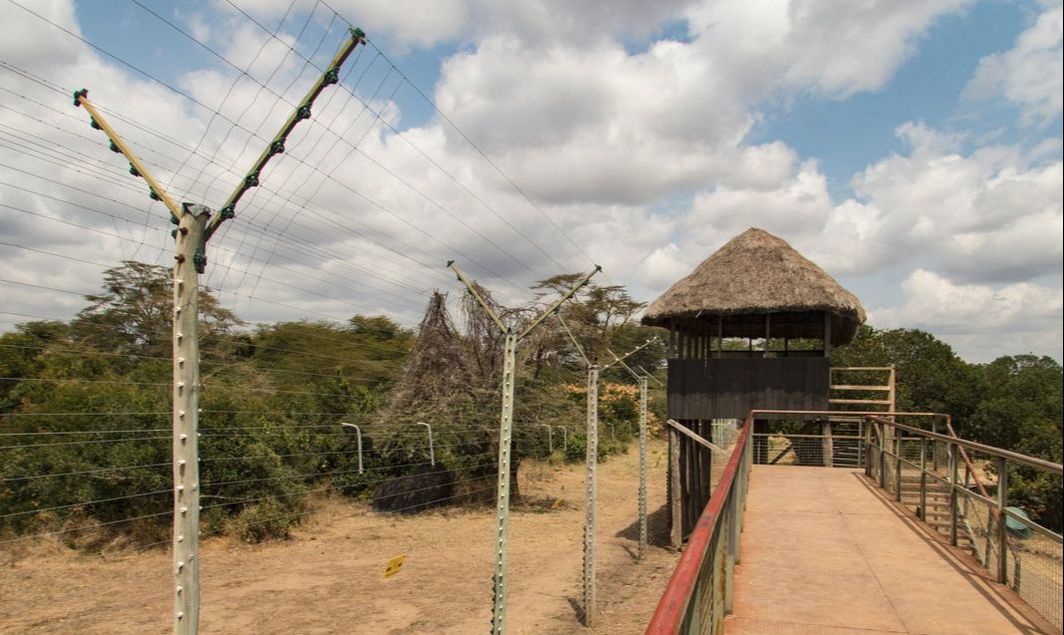
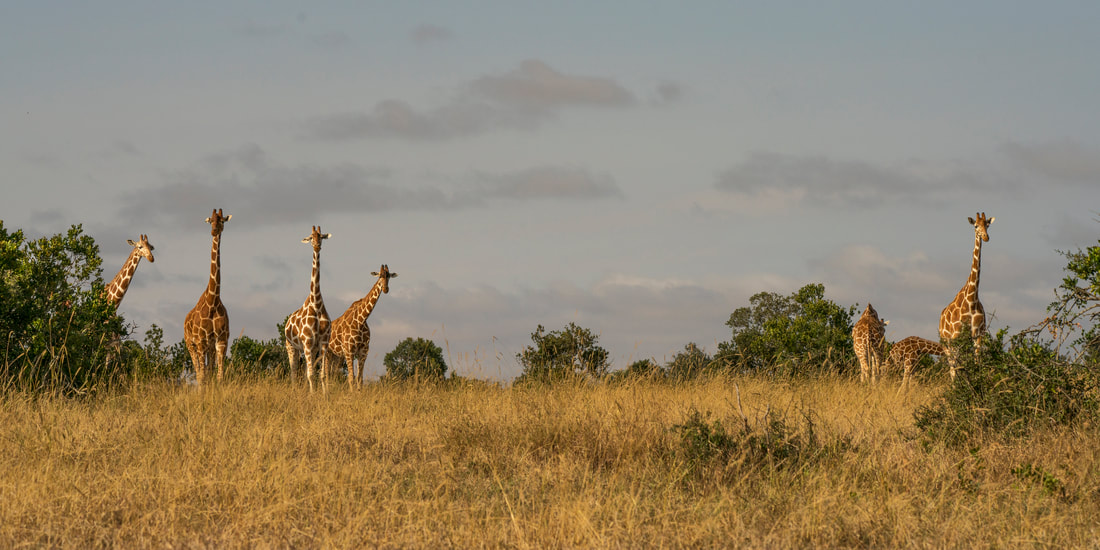
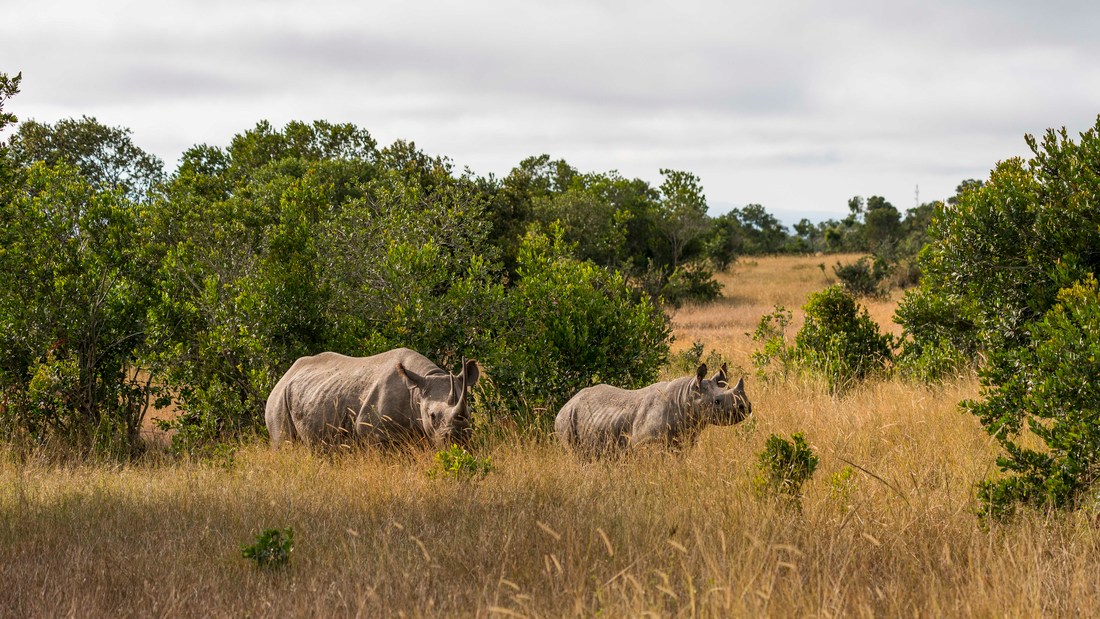
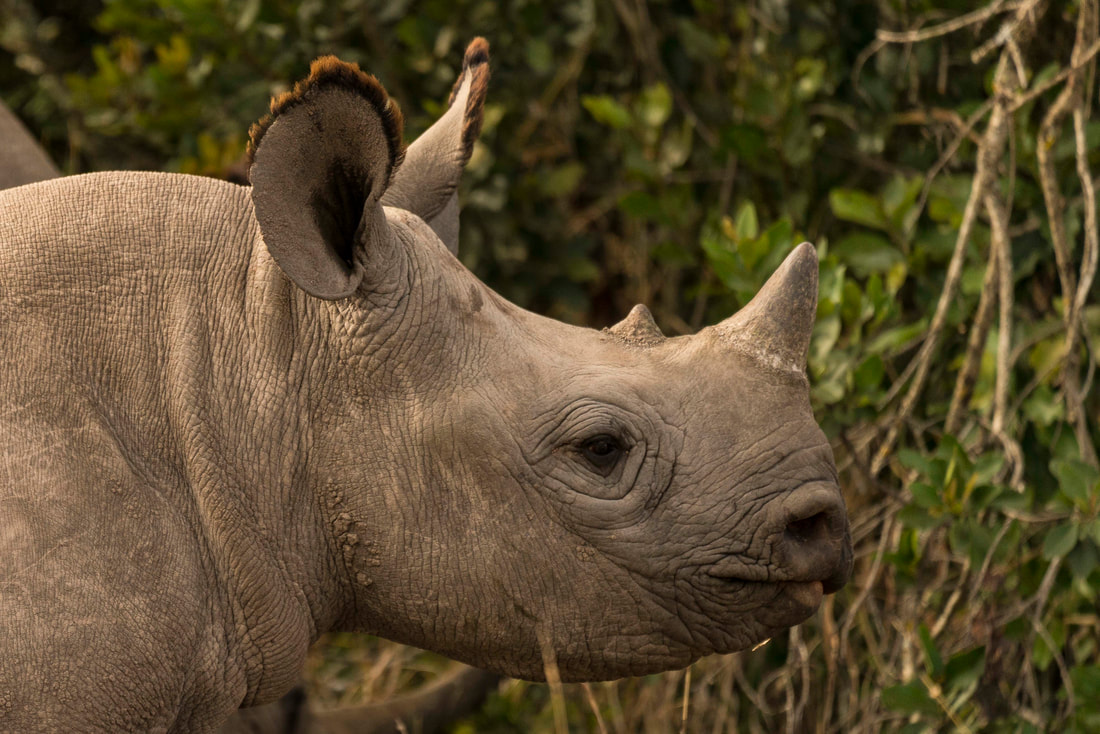
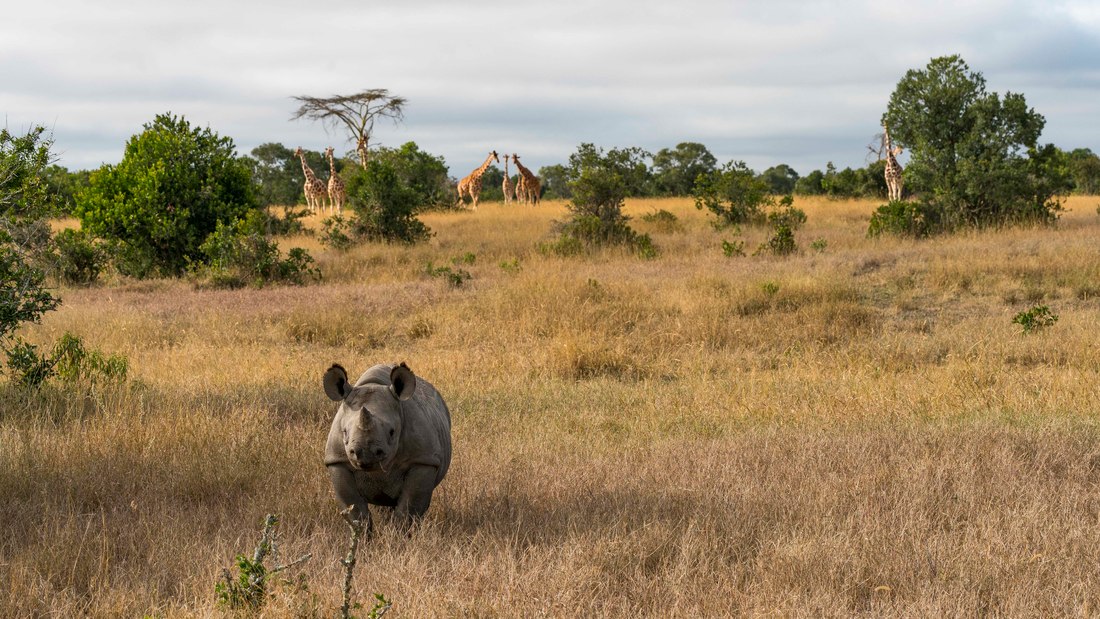
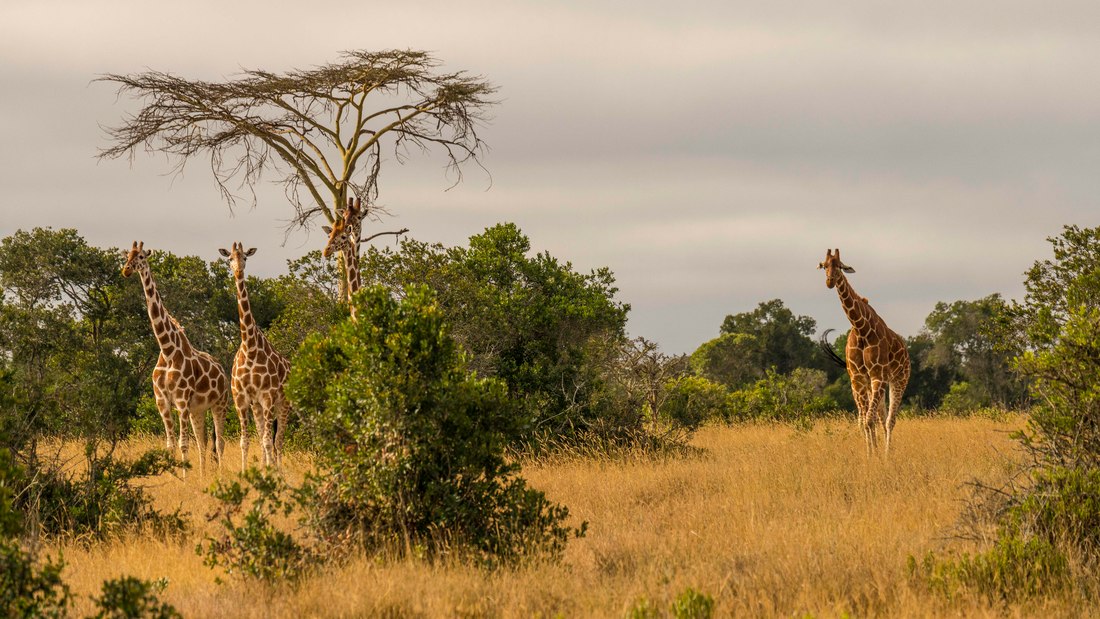
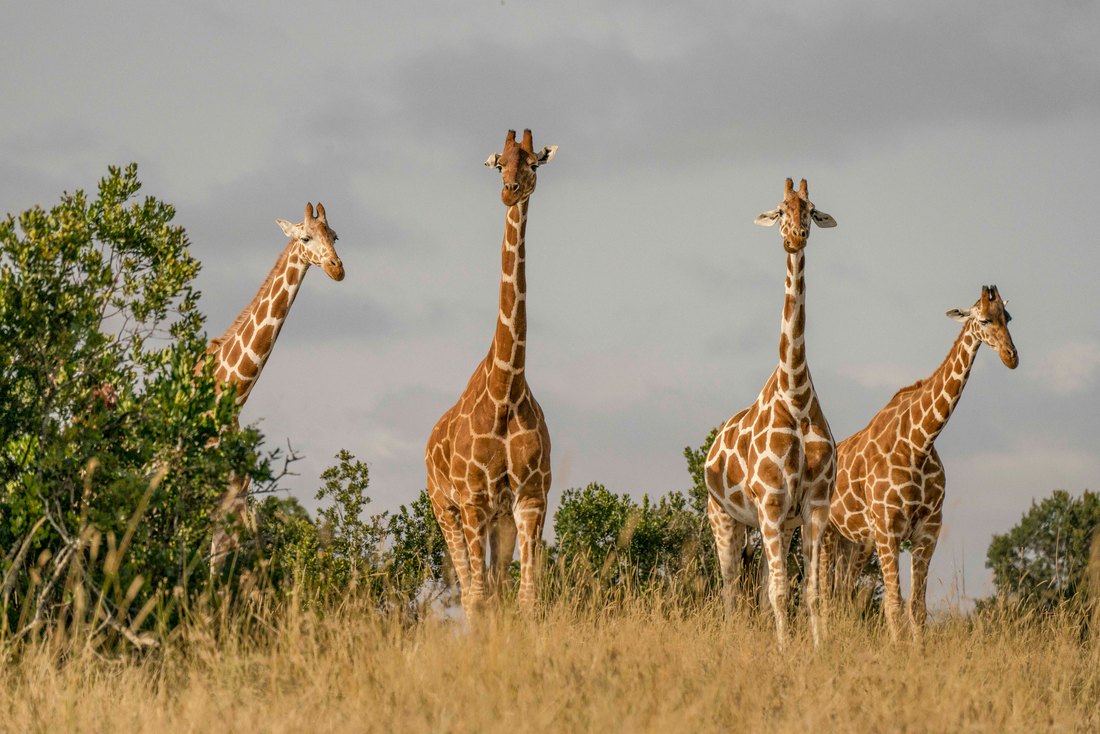
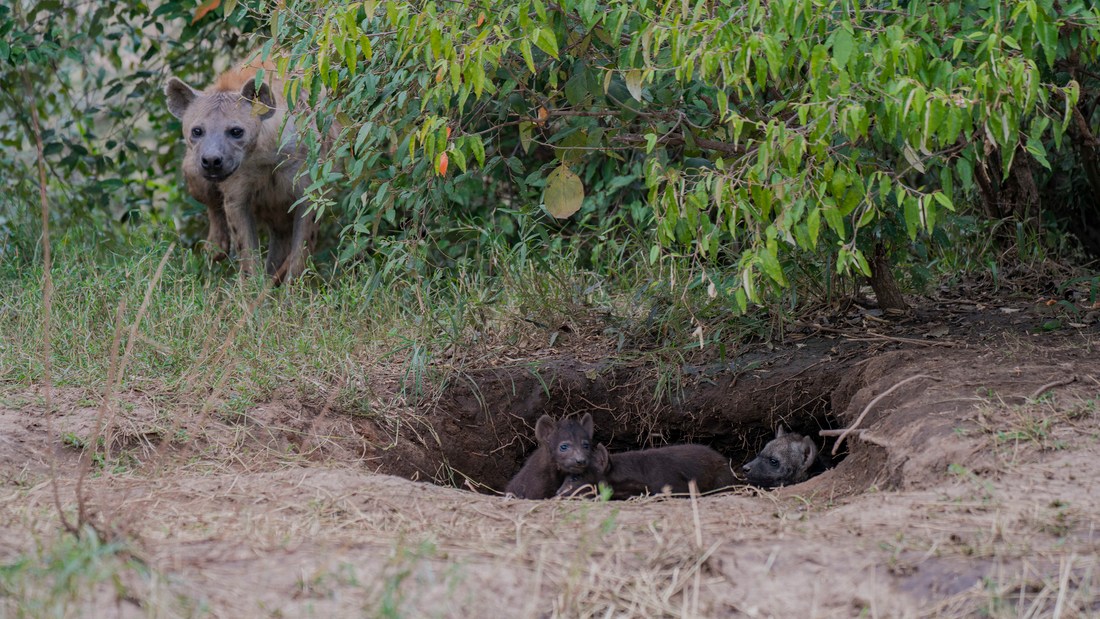
 RSS Feed
RSS Feed